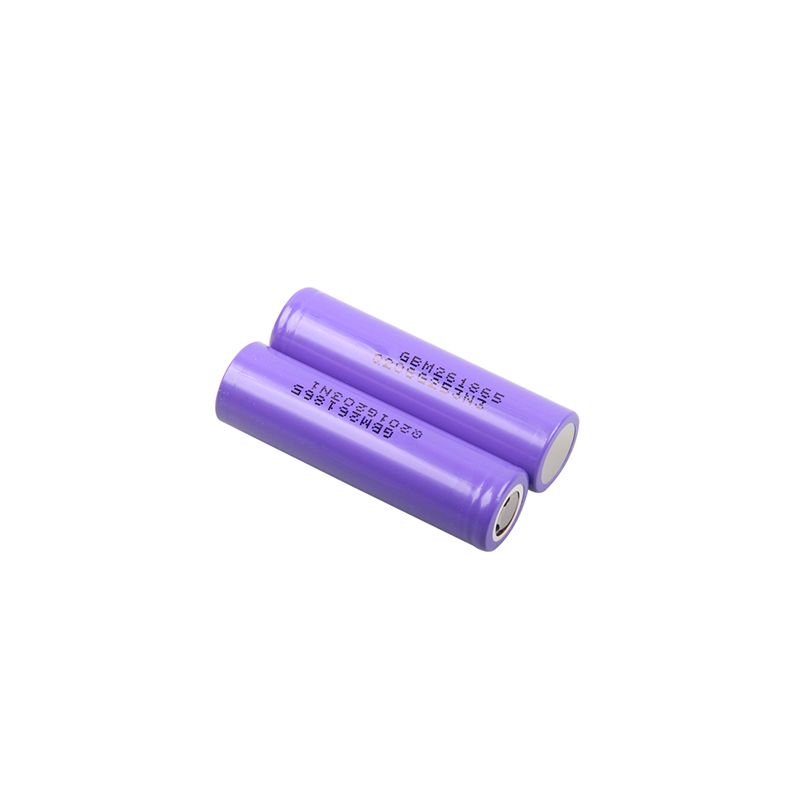Navigating the Trends and Innovations in the 18650 Cylindrical Lithium Battery Industry
 Trends & Innovations in the 18650 Cylindrical Lithium Battery Market
Trends & Innovations in the 18650 Cylindrical Lithium Battery Market
The 18650 cylindrical lithium battery has firmly established itself as a cornerstone of modern energy storage solutions. As technology advances and the demand for portable energy sources grows, the importance of this battery format cannot be overstated. It is widely used in various applications, including electric vehicles, consumer electronics, and renewable energy systems. This article delves into the current state of the 18650 lithium battery industry, exploring market trends, technological innovations, and key challenges shaping its future.


One of the primary drivers of growth in the 18650 battery market is the rapid expansion of the electric vehicle (EV) sector. The shift towards sustainable transportation has prompted automotive manufacturers to adopt lithium-ion batteries for their efficiency and energy density. The 18650 cells, known for their cylindrical shape, provide optimal energy output while maximizing space in battery packs. As government regulations and consumer demand for cleaner transportation escalate, the need for efficient, high-capacity battery cells will continue to rise, ensuring a robust market for 18650 batteries in the automotive industry.
In addition to automotive applications, the consumer electronics sector remains a significant contributor to the demand for 18650 batteries. From laptops and smartphones to power tools and electric bicycles, these batteries deliver the performance and reliability that consumers expect. The convenience of rechargeable batteries has also spurred the growth of portable electronic devices, further enhancing the market. Innovations in battery management systems and charging technologies, such as fast-charging capabilities, are addressing consumer needs and driving further adoption of 18650 cells.
Technological advancements play a critical role in shaping the future of the lithium battery industry. Research and development efforts are focused on improving the energy density and lifespan of 18650 batteries while also enhancing safety features. For instance, companies are exploring alternative materials for cathodes and anodes to increase capacity and reduce the weight of batteries, translating to longer-lasting power sources. Solid-state batteries are emerging as a promising alternative to traditional lithium-ion batteries, with the potential to deliver higher energy densities and improved safety. As manufacturers invest in new technologies, the competition intensifies, leading to rapid advancements in the industry.
While the future of the 18650 battery market appears promising, several challenges persist. One of the most pressing concerns is the environmental impact of lithium battery production and disposal. The extraction of lithium and other raw materials can lead to significant ecological damage if not managed responsibly. Furthermore, the recycling of lithium batteries remains an area in need of improvement. Developing an efficient recycling infrastructure is crucial to minimizing waste and creating a more sustainable battery economy. Companies and researchers are increasingly focused on finding solutions for recycling and repurposing spent batteries, thus reducing the environmental footprint of lithium-ion technology.
Moreover, geopolitical factors and supply chain vulnerabilities can impact the availability and cost of raw materials needed for 18650 battery production. Companies in the sector must navigate these challenges by diversifying their supply chains and investing in domestic production capabilities to mitigate risks associated with global supply dependencies.
In conclusion
The 18650 cylindrical lithium battery industry is positioned for significant growth, driven largely by the booming electric vehicle and consumer electronics markets. As technological innovations shape the landscape, manufacturers must address environmental and supply chain challenges to sustain progress. The transition towards more sustainable energy solutions, along with the demand for efficient and reliable power sources, ensures that the 18650 battery format will continue to play a vital role in our daily lives and the future of energy storage. Embracing these trends and challenges will be key for stakeholders looking to forge a successful path in this dynamic and evolving industry.

